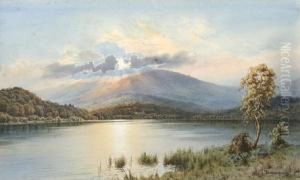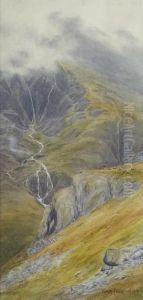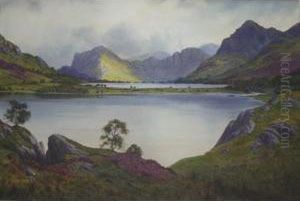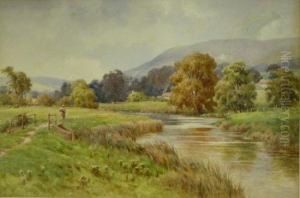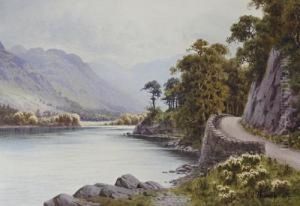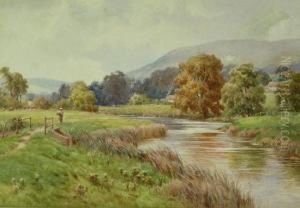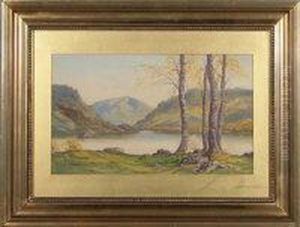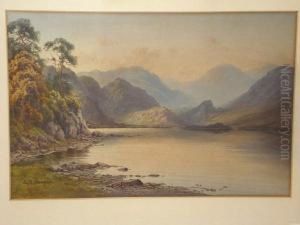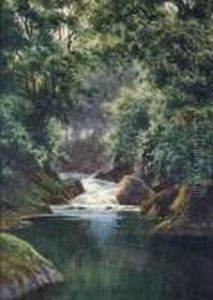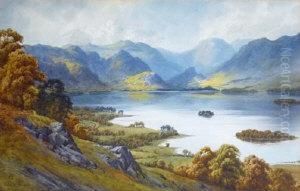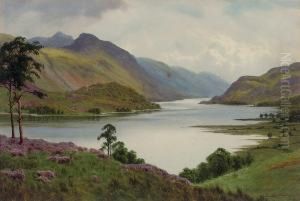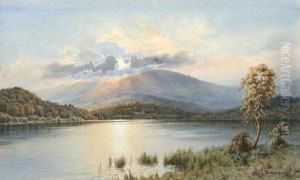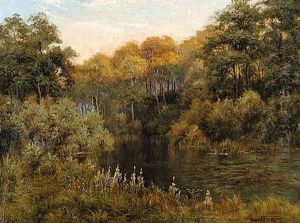Edward H. Thompson Paintings
Edward Herbert Thompson was an American-born archaeologist and diplomat primarily known for his work at the Maya archaeological site of Chichén Itzá in Mexico. Born on September 28, 1857, in Worcester, Massachusetts, Thompson developed a keen interest in Mesoamerican cultures early in his life. He was appointed as the United States Consul to Yucatán and Quintana Roo in 1895, which allowed him to reside in Mexico and fueled his passion for archaeology.
In 1894, prior to his diplomatic appointment, Thompson purchased the Hacienda Chichén, which included the ruins of Chichén Itzá. Over the next three decades, he dedicated himself to the excavation and study of this important pre-Columbian site. Among his most significant contributions was the dredging of the Sacred Cenote (a natural well), where he recovered numerous artifacts, including jade, pottery, gold, and human remains. These findings helped to confirm the cenote's role in Maya ritual sacrifices.
Thompson's methods were typical of the time, but by today’s standards, they would be considered unsystematic and invasive. His removal of artifacts from the cenote and their subsequent sale to museums drew criticism and legal challenges from the Mexican government, leading to a complicated legacy.
Despite controversies, Thompson's work contributed valuable insights into Maya civilization and helped bring the significance of Chichén Itzá to the attention of the wider world. His life was one of adventure and scholarly pursuit until his death on May 11, 1935, in Plainfield, New Jersey. Although some of his practices are now viewed with skepticism, his role in the study of the Maya and the dissemination of knowledge about their culture remains an important chapter in the field of Mesoamerican archaeology.
